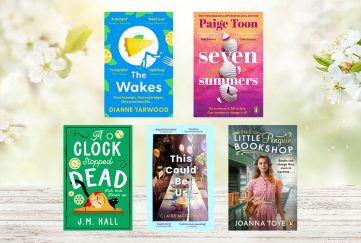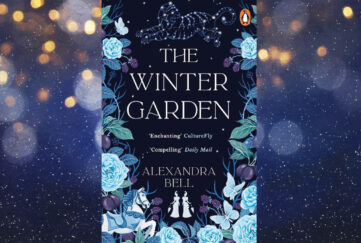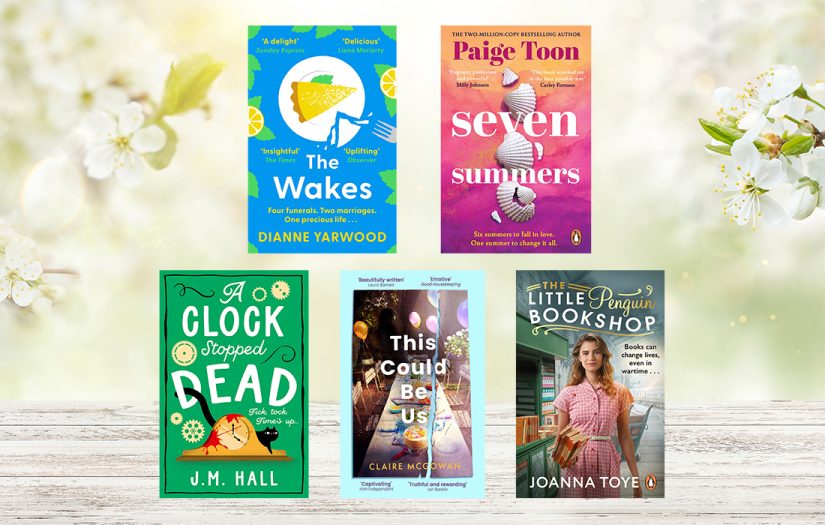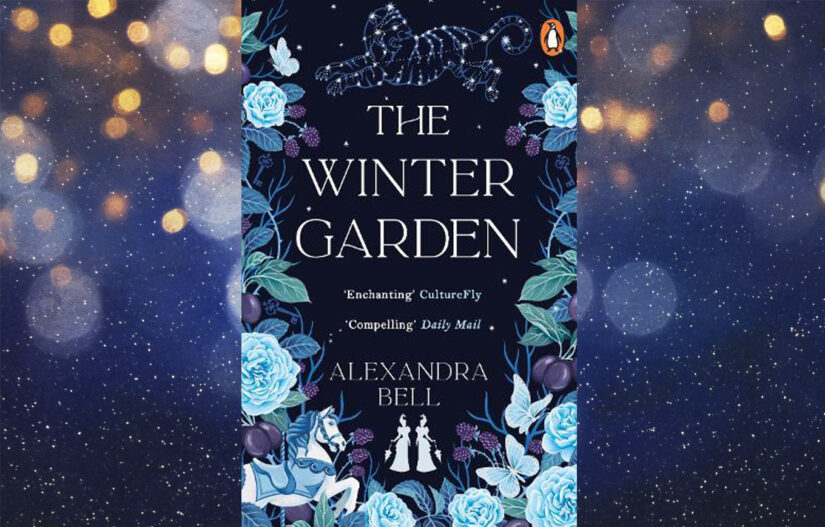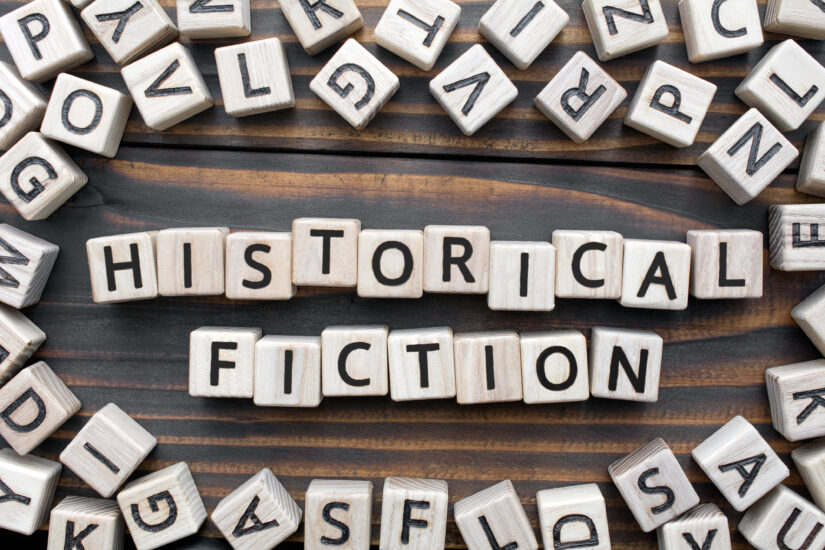“The Vanishing Half” By Brit Bennett
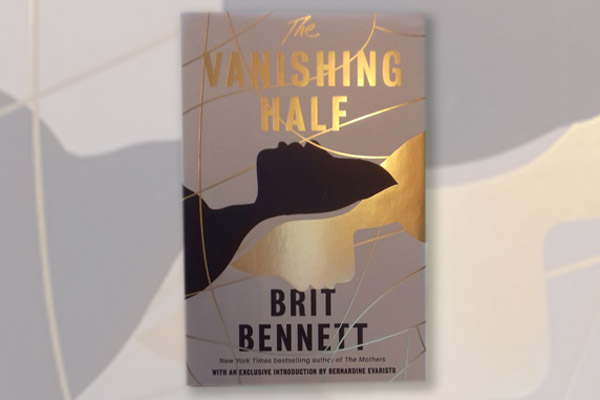
Did you catch Editor, Angela and Production Ed, Judey, discussing Burns, his poetry and his legacy on Facebook Live? It makes interesting listening – did you know the Robert Burns Birthplace Museum is the second-most-visited writer’s museum in the UK (after Shakespeare’s)?
One of his poems mentioned in the broadcast is “To A Louse”, which features the lines:
O wad some Pow’r the giftie gie us
To see oursels as ithers see us!
And it occurred to me that’s what’s at the heart of “The Vanishing Half”, by Brit Bennett — how others see us, and also how we see ourselves.
On the night of August 14, 1954, sixteen-year-old twin Desiree and Stella Vignes sneak away from their hometown of Mallard. The book begins fourteen years later with the return of one twin.
Why has she returned without her sister, but with someone else?
Desiree and Stella are the proverbial chalk and cheese, but have always been inseparable. So it comes as a surprise when we learn that after settling into a new life, one of the girls has chosen to break away and live as part of another community, incognito, as it were.
After discovering that it’s easy to “pass” as white, Stella — earmarked early on as ‘the clever one’ — marries and becomes mother to a daughter, all the while concealing her true identity.
Desiree, meanwhile, also marries. But after experiencing violence, she leaves, and wearily returns to the town from which she’d tried to escape.
When their daughters meet, will Stella’s identity be revealed?
This is a really enjoyable story, with sadness and hopefulness sewn into its fabric in equal measure.
It touches on the different experiences and life chances the daughters expect, dependent on colour; “passing” as something you’re not, to fit in, or have a better life for yourself and your family; feeling uncomfortable in your own skin. How experiences in our childhood shape us.
Stretching right across America from the 1950s to the 1990s, this book looks at our identities and perception of those identities — how they’re formed, what it’s possible to change, and what remains the same.
This is a thought-provoking book, with love and reconciliation at its heart.
For more book reviews from the “Friend” team, click here.


